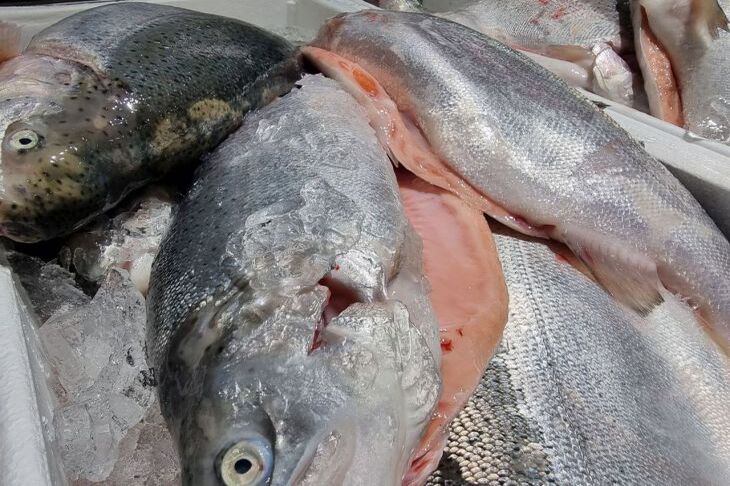Trout and salmon have become symbols of healthy eating due to their rich composition and versatility in cooking.
However, each type has its own characteristics that affect the taste, benefits and cooking methods.
Benefits of trout and its properties
Trout is valued for its rich protein content and low calorie content.

It is suitable for those who are on a diet or trying to maintain a healthy weight.
The composition contains B vitamins, which are beneficial for the nervous system, and omega-3 acids, which help improve the functioning of the heart and blood vessels.
This type of fish has a delicate flavor and a denser texture, which makes it versatile in cooking.
Trout can be baked, steamed or fried, preserving all its valuable nutrients.
A special feature is that it is lower in fat compared to salmon, which is important for people with gastrointestinal problems or a tendency to high cholesterol.
What are the health benefits of salmon?
Salmon is renowned for its high levels of omega-3 fatty acids, which are essential for reducing inflammation and maintaining brain health.
It is rich in vitamin D, which strengthens bones, and selenium, which plays a key role in the immune system.
The fish has a soft texture and rich flavor. Salmon is most often used to make sushi, steaks, and cold appetizers.
However, its high calorie content makes it less preferable for those who limit the amount of fat in their diet.
Taste qualities
Trout has a more delicate, freshwater flavor that gourmets will appreciate.
Salmon has a rich, buttery flavor, especially when fresh or lightly salted.
The choice between them often depends on the cooking method.
Trout is more suitable for dishes with a minimum amount of spices, as it has a subtle aroma.
Salmon, on the other hand, goes well with marinades and rich sauces.
Nutritional Comparison
Trout is less caloric: 100 grams contain about 90-100 kilocalories. Salmon contains about 200 kilocalories for the same amount of product.
This makes trout more suitable for those watching their weight or preferring light food.
Salmon has a higher fat content, which makes it more nutritious and has a more intense flavor.
Both types are rich in protein, but salmon has slightly more vitamin A and potassium, which is good for vision and muscle function.
Impact on health
Trout is better suited for regular consumption in the diet, as its moderate fat content reduces the load on the digestive system.
It is suitable for children, the elderly and those who strive for a varied diet.
Salmon can be ideal for recuperating after exercise or as a source of energy.
However, people with liver problems or high cholesterol should limit its consumption.
Environmental aspects
Trout is often farmed in freshwater, making it more affordable. Salmon is usually farmed in marine conditions, which affects its cost.
To choose an environmentally friendly product, it is worth paying attention to certificates and checking the sources of origin of the fish.
What to choose for culinary experiments
Trout is ideal for first courses and light appetizers such as soups, salads or baked steaks.
Salmon is a great option for a festive table, including grilled, sushi or pasta with sauce.








